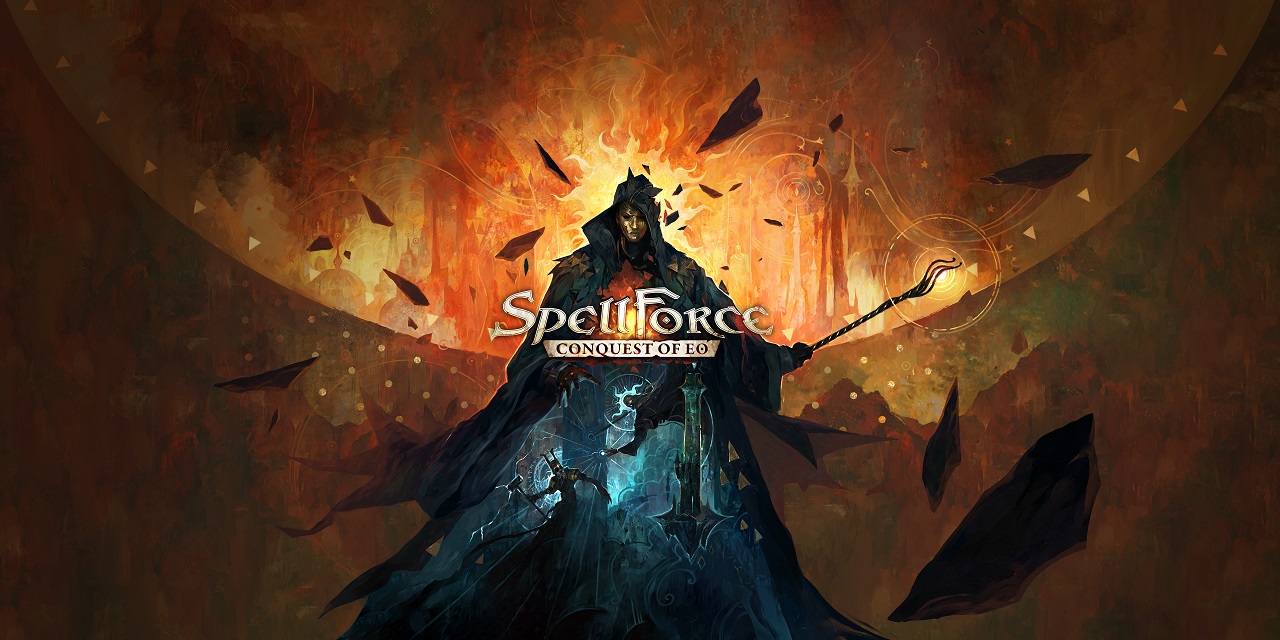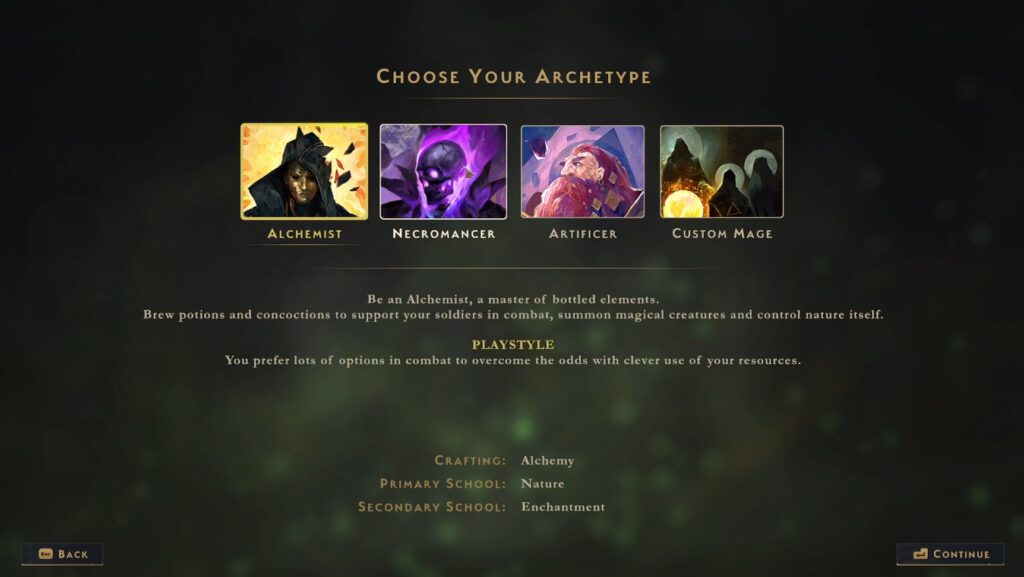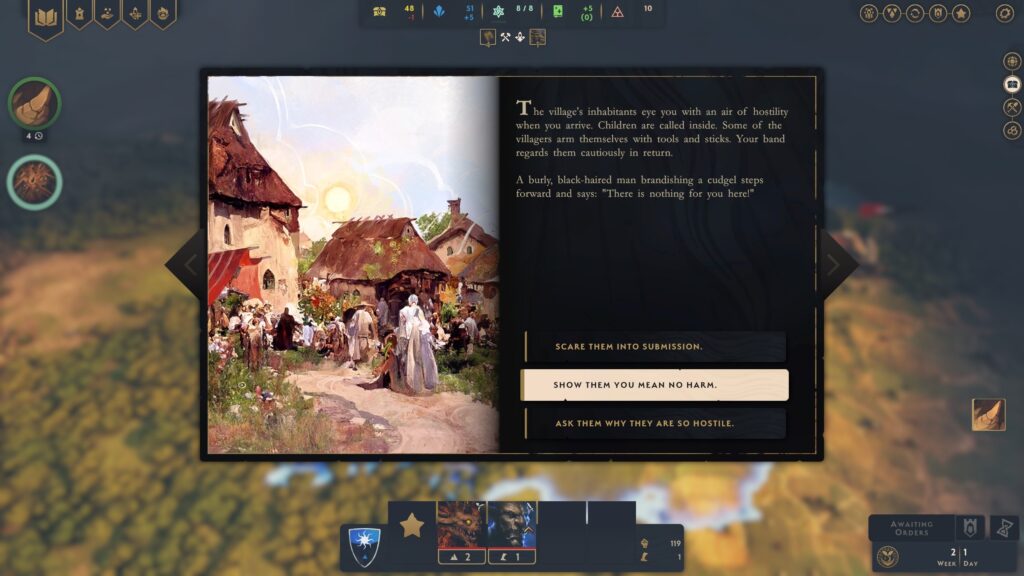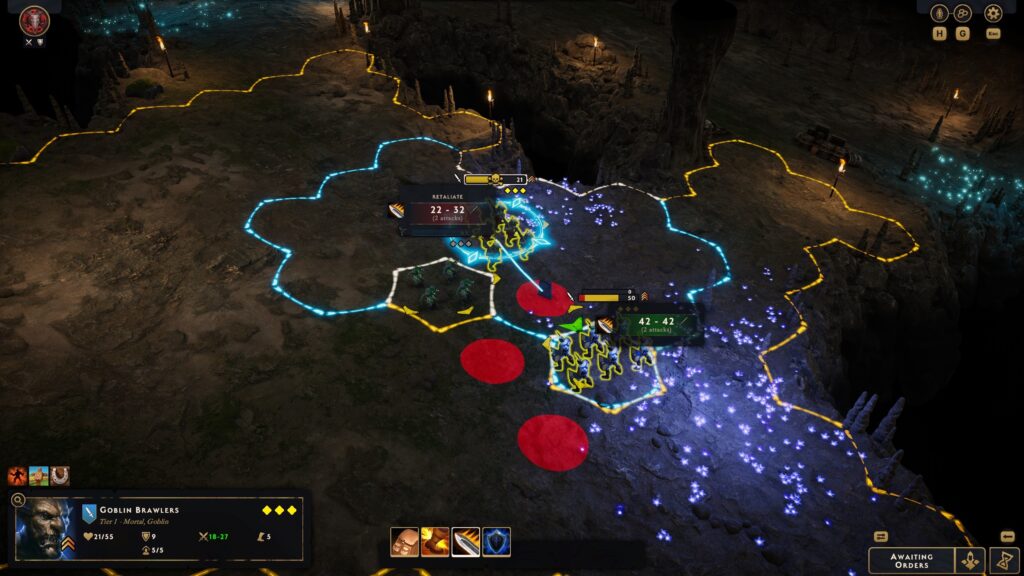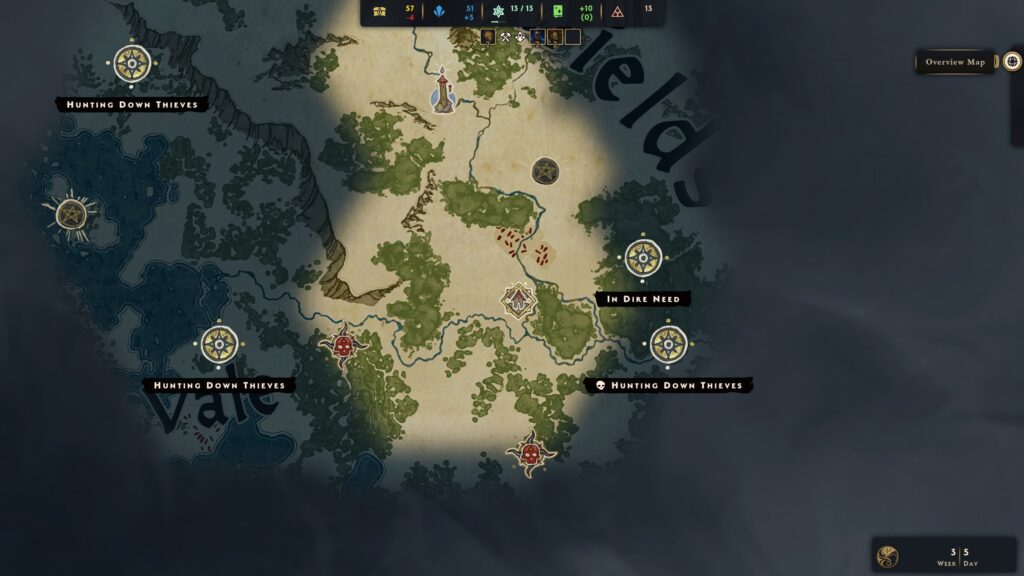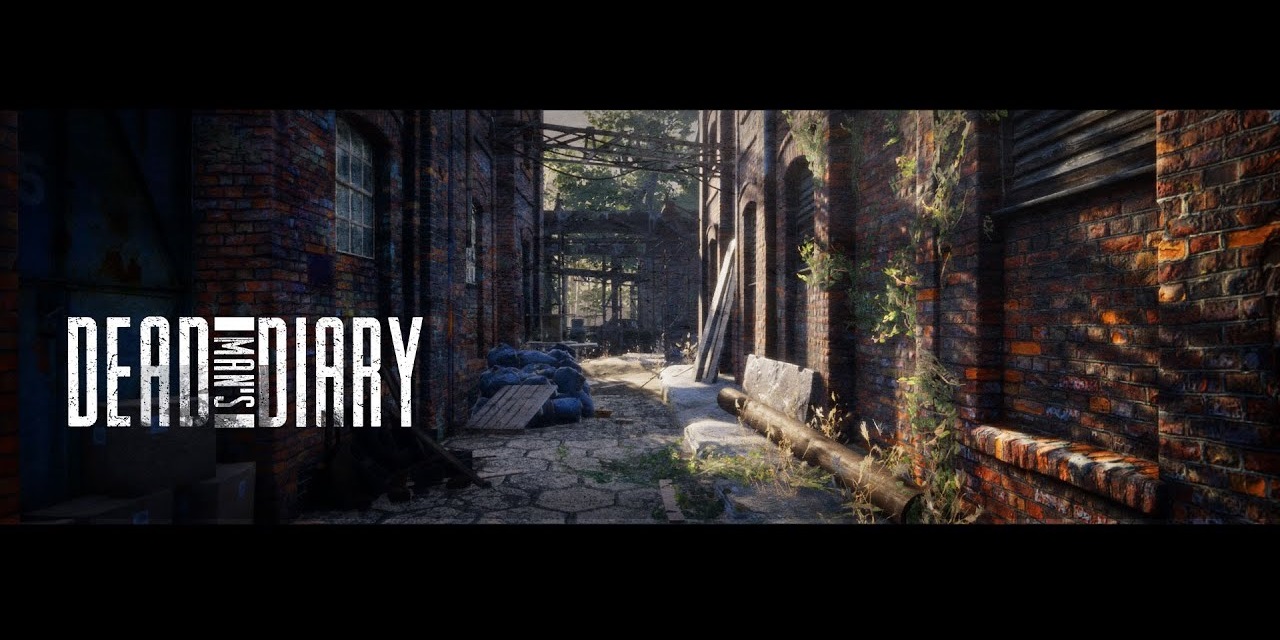SpellForce: Conquest of Eo is a turn-based strategy game set in the world of SpellForce, developed by Owned by Gravity and published by THQ Nordic. It launched on February 3, 2023 on Steam, GOG and Epic Games Store and while it’s the fourth major game from the SpellForce series, it takes a fairly hefty departure from the first three games. I can see why it wasn’t named SpellForce 4, and I do hope we get that game in the future. Conquest of Eo though in it’s own right as a turn-based strategy game is decent, it’s just a big change for series veterans.
The first three games in the SpellForce series starting with 2003’s SpellForce: The Order of Dawn, were a mix of RTS and isometric RPG games which were my favourites to play in those early years. Followed by SpellForce 2: Shadow Wars in 2006, you would start exploring the lands, grouping your party members together and mouse-click exploring the lands from an isometric RPG point of view popular at the time, investigating locations for loot and treasure. When you come across an enemy you switch to RTS style combat, eventually establishing and building a base and building a bigger army. The stories of those games were rich, and when SpellForce 3 came it went full on immersion with voice acting from the likes of Doug Cockle (The Witcher series), amongst others.
As such, I was super excited to see how SpellForce: Conquest of Eo would play out. I was left a little deflated as there was no introduction cinematic, and we are put straight into the game’s menu. I started a campaign and was given a choice of three mage archetypes – Alchemist, Necromancer and Artificer, each with a short description of their playstyle. There was a fourth option to make a custom mage which I chose to see how customisable I could make my character. It gave me a little bit more control over the type of mage I could make, and I went with a mix of Alchemist and Artificer.
There’s no voice acting in SpellForce: Conquest of Eo, so a lot of reading is required but the writing does a good job at being engaging and to the point. Graphically the presentation of overworld land exploration and combat sequences in different biomes is fantastic and ran smoothly. Spell effects were great and melee combat is versatile with flanking damage to be aware of. The tower and grimoire menu items were easy to use and understand, and the crafting and unit recruitment screens were simple to use.
We first need to take up the mantle of our master as the heir to his mysterious wizard’s tower. Once the tower is taken back via a combat tutorial, we explore the lands collecting limited resources and helping villages around us. We study a multitude of spells to cast over the lands, summon fantastical minions and train mighty warriors to roam the world. Combat is performed in fast-paced but tactical turn-based battles. When in combat and selecting one of your units, you could see blue hexes for their movement range plus then being able to attack, as well as yellow hexes if you wanted to forgo attacking to move further into a better position but forgoing an attack. It’s rare to see this laid out so clearly which was very useful.
After a while the gameplay was feeling more like playing a King’s Bounty or Age of Wonders game where we have small groups of units that explore in different directions while we build more armies and beneficial spells and enchantments back at the tower. This isn’t a bad thing at all, I love those games, and this feels like a more modern take on those. It’s just that I miss the RTS style combat having played a lot of the previous SpellForce games. Eventually I recruited an apprentice who has the ability to create a lodge which expands your ownership of the land. However, these can’t just be built on demand like hero units of other games, rather you need to earn mastery and take over plots of land that contain a resource called Allfire.
As we explore beyond our boundaries and weeks pass, we start to run out of resources in our kingdom. This is where you need to make the tower take flight and physically move your domain to better resource areas so you can continue to explore and expand. Plus, in order to recruit different unit types, you must have those unit spawn points in our sphere of domain once the tower is moved to a new spot.
Lands are split by rivers that need to be crossed by bridge, or by forts bordering distant lands. It’s here where there’s no choice but to engage in combat. I appreciated being shown the likelihood of success or failure where we can engage in combat ourselves, autoresolve if the battle odds are in your favour, or retreat. If we engage the combat encounter, retreating can be down withour recourse. I often did this just to see the army strength as the tooltip on the overworld map doesn’t give much info other than overall strength rating.
I found that although I was greater in combat strength number by say 20+, the types of units made a big difference and whether mine were upgraded troops or not. Being able to retreat unhindered isn’t easy mode though because if an aggressive army initiates the attack, retreating will cost you a heap of that group’s army. Being a mage, you can cast spells on the fly which range from healing troops pre or post battle, to converting resources to ores, debuffing the enemy, and so on. More spells unlock as you spend research within the grimoire, which is your guide to progress.
As we come across villages, they will require assistance in the form of defeating aggressors, or perhaps they want to trade resources. This gives you quests to complete, and these are referenced with quest names listed on locations on the map. However, there is no quest list/journal, so if you take a break for the game and come back not remembering what the objectives were, you need to travel and revisit them to be reminded. A quest log of some type is sorely missed here.
In saying that, without one it does mean you are constantly moving troops to explore the map and you are looking for more resource-rich areas to move your tower at some point anyway. There is plenty of side quests to pick up which gave me mini goals to work towards, but without the full engagement of voice acting and cutscenes, the overall story tended to be lost until I started a fresh playthrough to try a different mage type on different land biomes (which increased in difficulty).
SpellForce: Conquest of Eo was a mixed bag for me. If I come at the game as a SpellForce series veteran, the move away from RTS/RPG hybrid gameplay into 4X/turn-based gameplay is a bitter pill to swallow, particularly with no voice acting and lack of cutscenes. However, if I come at this as a newcomer to the series riding the wave of the many turn-based combat games of 2022/2023, SpellForce: Conquest of Eo is well presented with interesting gameplay having to move the tower to keep up resources and unit types. It’s worth playing but will depend on what you are looking for. SpellForce 4 this is not, but a well-presented mage-based turn-based combat game that promotes strategic exploration.
This review utilised a Steam key provided by Plaion ANZ and SpellForce: Conquest of Eo is out now on Steam, GOG and Epic Games Store.
#roundtablecoop

